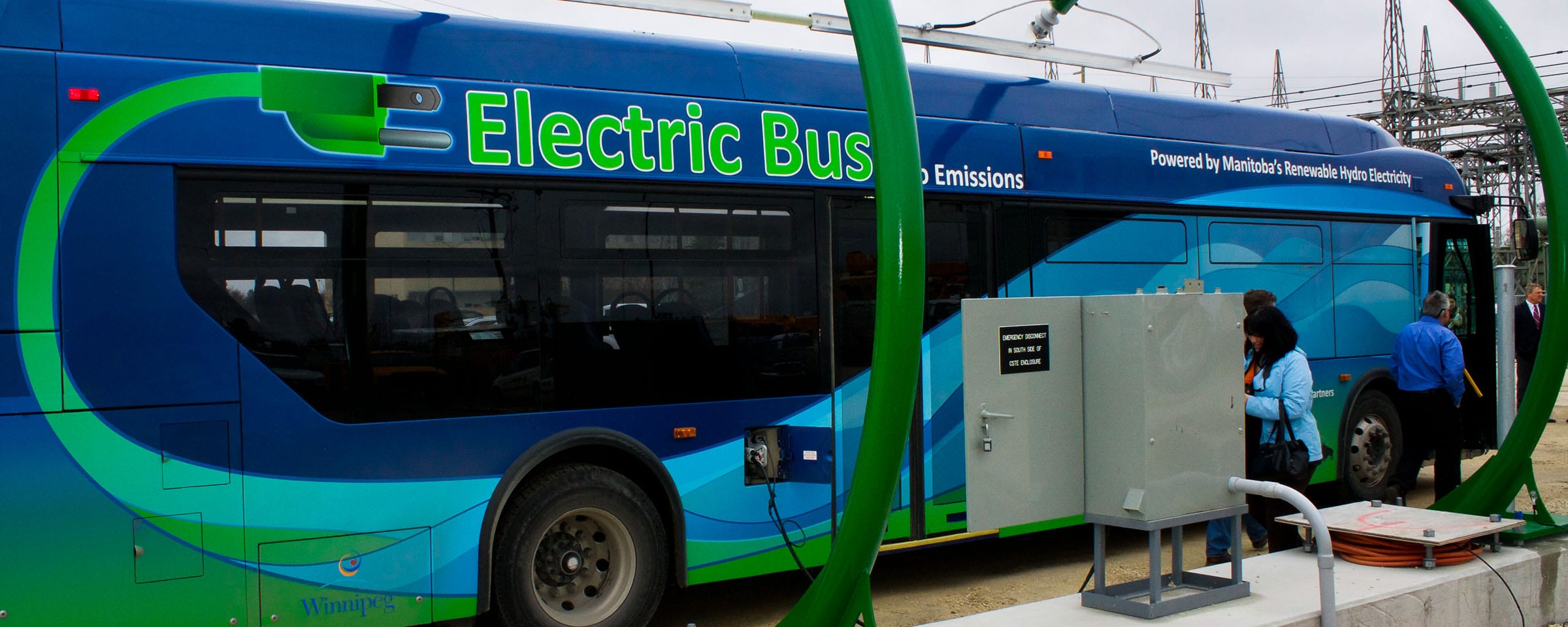Multi-Unit Residential Buildings – Air Leakage Testing
The research project described in this report was carried out to explore some of the unique problems associated with performing airtightness tests on occupied Multi-Unit Residential Buildings (MURBs).
Background
Current airtightness testing methods and standards are predicated on the assumption that the testing agency has complete control over the building and its operation during the test period.
With unoccupied buildings, this is seldom a problem. However, if the building is an occupied MURB, then major issues arise. Occupant access has to be limited during certain critical portions of the testing, interior doors must be kept open and suite windows have to be kept closed. These last two issues (interior door and suite window positions) were the main focus of this project.
Our Research
Using two unoccupied and four occupied MURB’s, ranging in size from 8 to 124 units, a series of airtightness tests were conducted to determine if reliable results could be obtained with interior suite doors closed and a limited number of windows partially open.
Results
- The results of this work indicated that conducting an airtightness test with occupied suites and closed doors is indeed possible by applying a correction factor; however all windows must be kept closed during testing.
- It was found that building owner cooperation and participation during the test is essential.
